
Human trafficking
ring map. (Image: AA)" width="300" height="204" /> Human trafficking ring map. (Image: AA)Cox’s Bazar, Bangladesh, 9 Sya’ban 1436/27 Mei 2015 (MINA) – Through an informal network of brokers scattered throughout Bangladesh, thousands of people have been transported by human traffickers to Southeast Asia this year.
While many of the 4,000 currently scattered at points between the Bay of Bengal and the Andaman Sea are Rohingya Muslim refugees directly fleeing persecution in Myanmar, others have left from neigboring Bangladesh.
Brokers in Bangladesh target Rohingya, who have already left Myanmar but are still alienated by life in refugee camps, as well as Bangladeshis living in northern and southwestern areas crippled by underdevelopment and climate change.
Officials, locals and families of trafficking victims told Anadolu Agency quoted by Mi’raj Islamic News Agency (MINA), that after being convinced by brokers, and in some cases kidnapped, the victims are gathered at points along Bangladesh’s southeastern coast, between the commercial port city of Chittagong and Teknaf, near the border with Myanmar.
Also Read: Saudi Arabia Reduces Umrah Visa Validity to 30 Days
“[Brokers] say that one big, strong boat is coming from Thailand. They say go to some locations, like Chittagong, St. Martin’s Island or Cheradip and get onto the boats there,” says Zahid Hossain, 28, who arrived in Bangladesh as a child and now teaches Rohingya children.
Under the cover of night, the migrants are then shuttled towards a larger trawler anchored deeper in the sea, according to Teknaf coastguard commander Lieutenant Commander M Shahid Hossain Chowhdury.
“They collect people on small boats, maybe fishing boats. It’s very easy to move and hard for us to detect at night,” says Chowdhury. He says that the crews on the trawlers are heavily armed.
“They were eight to 10 people and they had arms and threatened to kill us if we don’t co-operate with them,” said Mahmoon Mullah, 19, a Bangladeshi who was rescued from sea after jumping from a trafficking boat.
Also Read: Afghanistan, Pakistan Extend Ceasefire After Türkiye-Qatar Mediation Talks
From the Bay of Bengal, the boats head towards the jungles of southern Thailand, on the border with Malaysia, where the victims are held by the traffickers until their families pay a ransom.
Earlier in May the bodies of more than 30 Rohingya and Bangladeshis were found in mass graves in the Thai jungles, highlighting the issue of international trafficking from the Bay of Bengal and prompting a government crackdown.
Since then thousands more boat people have turned up on the shores of Thailand, Malaysia and Indonesia, creating an international migrant crisis that Asian nations are scrambling to resolve. (T/P001/R03)
Mi’raj Islamic News Agency (MINA)
Also Read: President Prabowo Emphasizes ASEAN Unity Amid Global Tensions
Also Read: Timor-Leste Officially Becomes ASEAN’s 11th Member: Key Facts You Need to Know





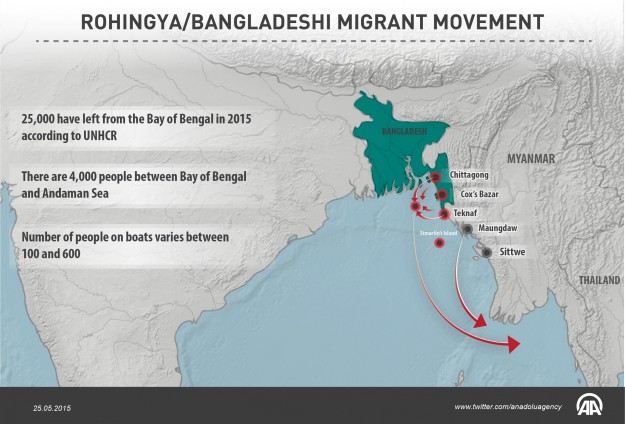

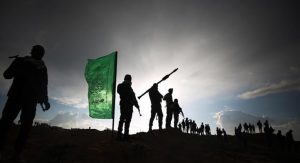
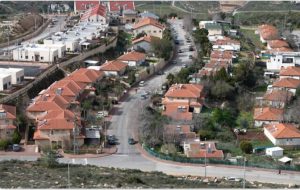
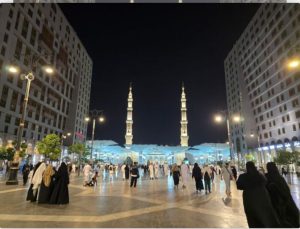

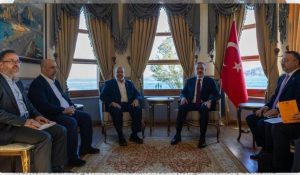
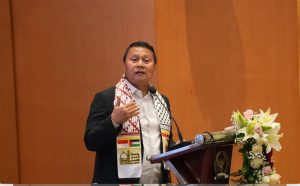
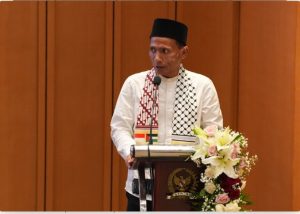
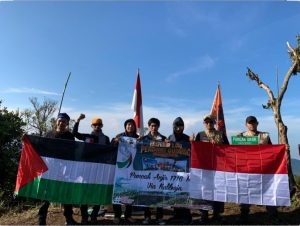



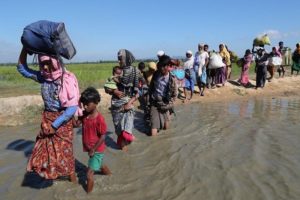
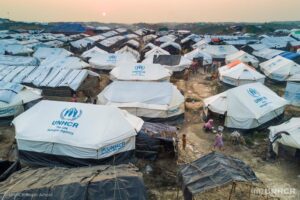
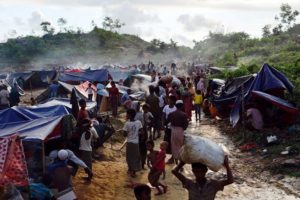



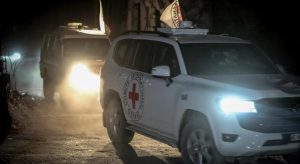

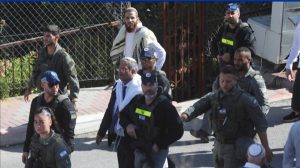
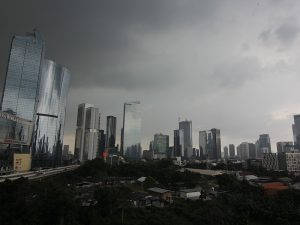
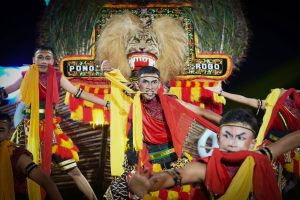
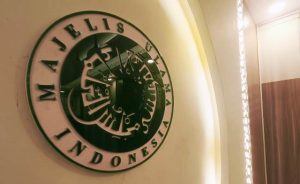



 Mina Indonesia
Mina Indonesia Mina Arabic
Mina Arabic